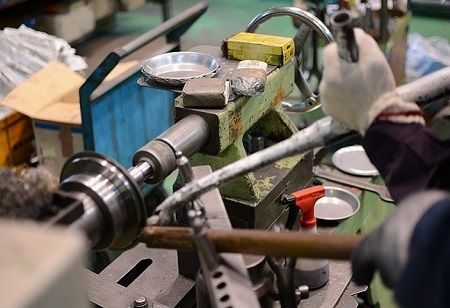
India needs to take critical actions to transform its electronics sector from an "import-dependent, assembly-led manufacturing" model to "component-level, value-added manufacturing," according to a report by the Confederation of Indian Industry (CII).
In 2023, the demand for components and sub-assemblies reached USD 45.5 billion, supporting USD 102 billion worth of electronics production. This demand is projected to rise to USD 240 billion to support USD 500 billion worth of electronics production by 2030. Priority components and sub-assemblies, including Printed Circuit Board Assemblies (PCBAs), are expected to grow at a robust CAGR of 30%, reaching USD 139 billion by 2030.
The report recommends that the government take several key actions, such as introducing a scheme to provide fiscal support, launching SPECS 2.0 (Scheme for Promotion of Manufacturing of Electronic Components and Semiconductors), rationalizing import tariffs on components like camera modules, and signing Free Trade Agreements (FTAs) with European and African countries.
Five priority components and sub-assemblies—batteries (lithium-ion), camera modules, mechanical parts, displays, and PCBs—are identified as high priority for India. These components accounted for 43% of the demand in 2022 and are expected to grow to USD 51.6 billion by 2030.
Currently, these components have either minimal production in India or are heavily import-dependent. Sustaining this trend of importing key components is not feasible for India. The PCBA segment, in particular, is highlighted as having high potential for domestic production, with demand expected to grow by 30%, leading to a demand of around USD 87.46 billion by 2030.

